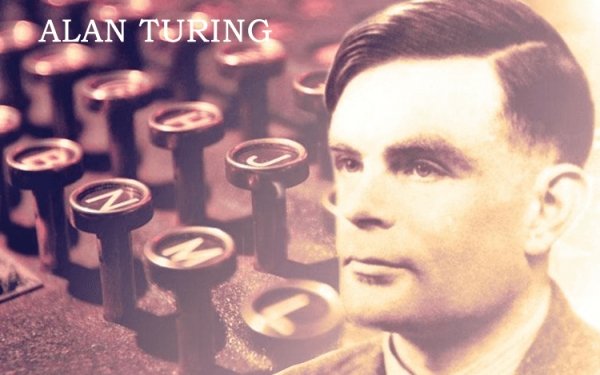
Alan Turing proposed in 1950 a test to compare the human response to the response of an AI (artificial intelligence), where the behavior between two parties, where one is a IA and the other a human is analyzed in this test, a third person has to conclude who is human and who is the IA, through various questions without being able to physically see neither questioned. If the conclusion of the third party is wrong, it can be concluded that this AI is powerful enough to be passed as a human.
Now, the most present questions after this would be, how is that possible? And how could affect safety online?
...To achieve this AI
The challenges of developing an artificial intelligence are so many, in several ways. An example of this is creativity, which can not be achieved easily. For example, the problem of the lamps in the room. This conundrum describes three lamps in a room, this room has one door and out of this, three switches – one for each lamp in that can only change state (off to on or vice versa) while the door is closed. The main question of the riddle is “How do you know which lamp switch affects what if you can only open the door once?”.
If you look in human thought, sooner or later come to the conclusion that we must turn two wait, put one off and look of which is warm. However, this would not be the conclusion of an AI. Creativity does not exist in them so they look for a way to find the solution through trial and error, for example, put a window to see what happens inside, cut the wires of switches and rearrange (Although this does not serve to give clear) response, etc. Until den with a conclusion that solves the riddle and the answer we seek is, in itself, is not creativity, only random answers.
The next challenge we have is the emotion: How can transmit and recognize it. Although there are already some AI looking to learn to identify between certain emotions, to make it more difficult to transmit. Human emotions are very complex and there is no way to easily replicate, an example of this is love. Let’s say an AI is trying to pass a Turing test into thinking it’s expressing love. Love can be represented in various ways and never be the same. For example, according to the conversation, you can use lexemas to express love, however, if you are only replicating the words of others, can not adapt to the answer the interviewer, so you can easily distinguish one AI a normal person if the conversation does not change, so the excitement has to be reflected in each response of AI, which can become impossible to achieve.
In order to overcome these major problems, the simplest solution is to make your thoughts are based on human behavior, the two most accepted ways is through human interaction and build a human.
The first is to get the conversation and then reuse it, which does not completely cover both problems, because although you can create a little creativity and reuse the emotions of others in their own test, the transition between conversation pieces end up being the weakness of AI. While not perfect, it is the only one we have so far present in programs like Cleverbot or assistants like Siri (Apple) and Cortana (from Microsoft, referring to the saga of Halo). Speaking of Microsoft, one of their projects this year was Tay.ai, a twitter account would respond based on the interactions I had with people, that failed catastrophically to interact with “trolls” who returned all his rough answers, either by racism messages containing up hatred for humanity in general, so it was removed from twitter in a record time of less than 2 days.
The second option is a bit more sensible as solve all the problems, although the idea seems out of a science fiction program (and it is) – scan the human brain and make from the response simulation is revealed. This means knowing each and every one of the brain impulses, put it in a program and that this program sends instructions to the other components of AI. This has several buts and we do not know that would happen. One of them is consciousness – Would it be a human conscious within the simulation? How they would store memories? What if you tried the opposite process and an AI meddle in a human? – These are all questions that cause uncertainty among the scientific community.
Therefore, although it is not ruled out, it is an idea that may never see...
Congratulations @hack2how! You received a personal award!
Click here to view your Board
Do not miss the last post from @steemitboard:
Vote for @Steemitboard as a witness and get one more award and increased upvotes!
Congratulations @hack2how! You received a personal award!
You can view your badges on your Steem Board and compare to others on the Steem Ranking
Do not miss the last post from @steemitboard:
Vote for @Steemitboard as a witness to get one more award and increased upvotes!